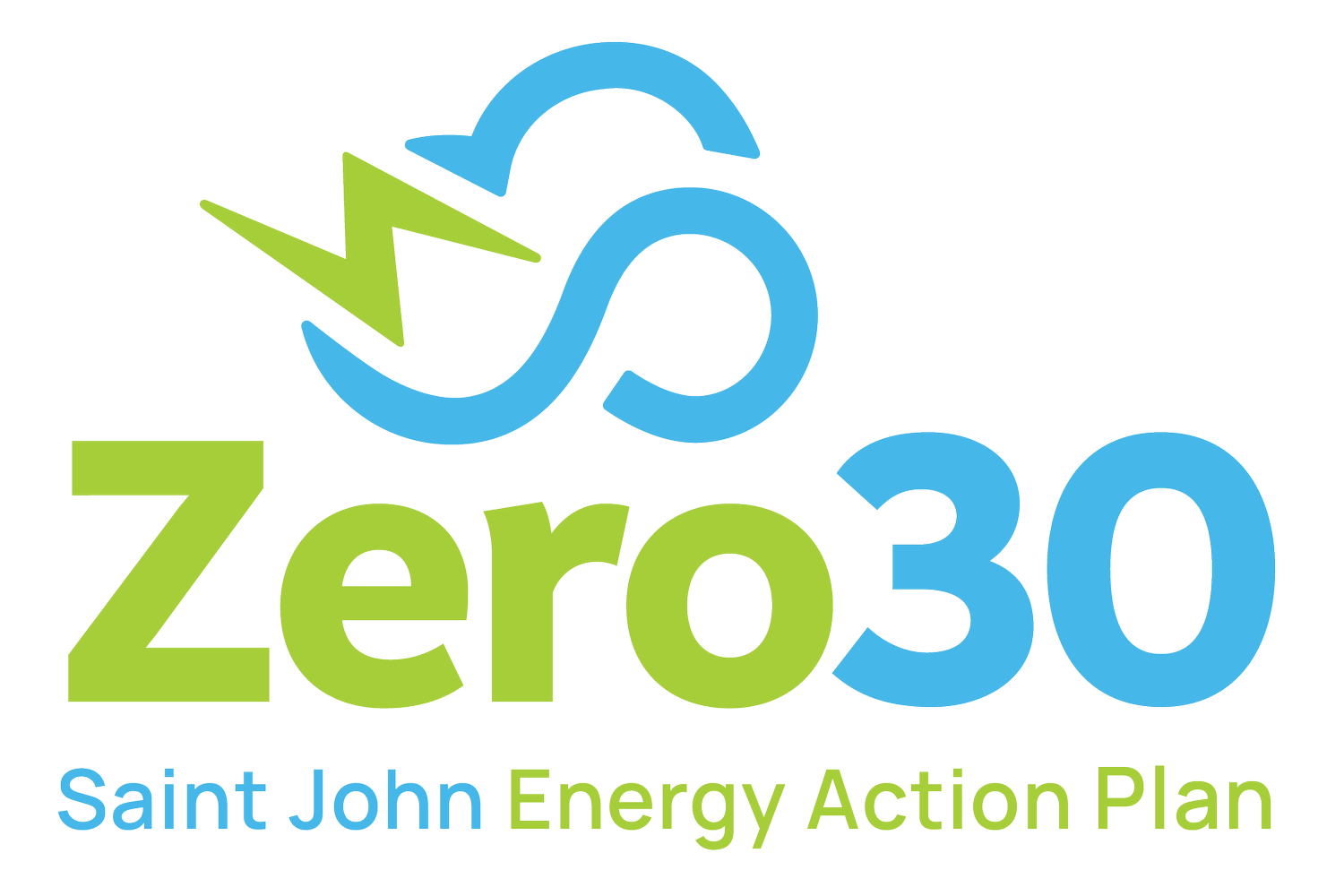Building the Utility of the Future with the Tesla Megapack
Wind is the cheapest form of new energy generation today. A large battery like the Megapack can help us store that wind energy and, again, deploy it when it is needed.
By Andrew Ahearn, April 16, 2021
I still vividly remember the day a crane lowered the massive 51,000-pound Tesla Megapack battery into place in Millidgeville while a handful of Saint John Energy engineers watched with nervous excitement.
“The Megapack works with the advanced smart grid we are creating – a $13.5 million project unique in Canada for its ambition and the technology deployed.”
It was an inauspicious moment for what we would later discover – it marked the world’s first deployment of a Megapack.
It landed in late 2019 and by last April the Megapack was fully installed, connected to our distribution system and ready to be put to work.
A year in, we’re already impressed with how the Megapack has helped us manage our energy flow in a way that is cleaner for the environment and saves money.
The Megapack – which can store enough electricity to power more than 100 homes for two hours – is a key piece of our work to build the Utility of the Future for Saint John.
It works with the advanced smart grid we are creating – a $13.5 million project unique in Canada for its ambition and the technology deployed.
Our smart grid will leverage artificial intelligence to predict energy demand and allow us to shift resources to meet that demand. One of the ways we can shift is the Megapack.
Grid and battery storage essential for managing the peak
Both the grid and battery storage are essential to our work managing peak energy demand. Peak demand is costly – for us, for our customers, and for the planet.
As the first Sustainable Electricity Company in Eastern Canada, making smart choices for the environment is important to us.
“The Megapack is an investment in our renewable energy plans.”
Satisfying the demand for peak energy can lead our wholesale electricity supplier to fire up generation sources that emit carbon. In our province, power generation brought on by peak demand can produce twice as much carbon dioxide as off-peak generation.
We also pay expensive demand charges for that peak power – charges that can amount to a third of our energy purchasing costs for an entire year.
Everything we can do to avoid peaks in energy helps us avoid the financial and environmental costs that come with them.
The Megapack is one way we can shave the peak. We fuel it up with electricity at times of low demand and discharge it into the grid when we need it most.
How we use the Megapack
Over this first year, the Megapack has allowed us to shift almost 70 megawatts of power at peak and saved us more than $109,000. And we only expect that to grow.
“Our first year of deploying the Megapack already has us thinking about expanding energy storage.”
In this first year of deploying the Tesla battery, our staff are making decisions on when to charge and discharge it for smoothing our peaks. In the future, the smart grid will be forecasting the peaks and autonomously making decisions on when the battery is charged and discharged.
The Megapack is an investment in our renewable energy plans. Our partnership with developer Natural Forces to construct Burchill, Saint John’s first large-scale wind farm, allows us to bring up to 45 megawatts of low-cost clean energy onto the grid.
Wind is the cheapest form of new energy generation today. A large battery like the Megapack can help us store that wind energy and, again, deploy it when it is needed.
Similarly with solar energy. We’re exploring the feasibility of large-scale solar for Saint John and battery storage can help us harness the energy of the sun, even on days it isn’t shining.
Our first year of deploying the Megapack already has us thinking about expanding energy storage – to further save us and our customers money, to enhance the reliability of our grid, and to contribute to a greener planet.
Andrew Ahearn is Manager of Engineering at Saint John Energy.

